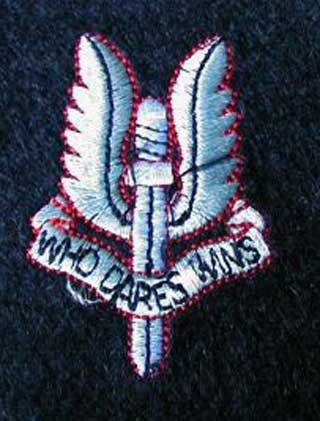 When the official files are opened in 30 years time, we will see what series of
decisions led the government to send a helicopter-born SAS team into eastern Libya when they could have sailed in on HMS Cumberland, disguised themselves as reporters or rung up Mustafa Abdel
Jalil, Libya’s ex-justice minister who is said to head the “Transitional Government”.
When the official files are opened in 30 years time, we will see what series of
decisions led the government to send a helicopter-born SAS team into eastern Libya when they could have sailed in on HMS Cumberland, disguised themselves as reporters or rung up Mustafa Abdel
Jalil, Libya’s ex-justice minister who is said to head the “Transitional Government”.
But it is easy to see how it happened. The perfectly sensible idea of sending a British emissary to Benghazi to make contacts must have clashed with bureaucratic protocol and the FCO’s duty of care arrangements.
“What?” You can just imagine the officials exclaiming to the ministers. “You intend to send a single person to Libya. But what if he got killed? Or hurt? Or taken prisoner. Much better to do what we do in Helmand: get the SAS to escort him.”
However, what should have been standard procedure – rocking up in war-torn place, seeking out those in charge and establishing a few key relationships (the sort of thing Fitzroy MacLean did during World War II) – turned into a fiasco for the SAS, the FCO and the government.
But, however unfortunate the weekend’s events were, they were not new. No special force is ever invincible. David Stirling, the founder of the SAS, was captured by the Germans and the Italians before being sent to Colditz Castle, and three Dutch marines were captured in Libya a few days ago. The policy was clearly right: the British government should establish links with “liberated” areas and provide any help the rebels think they need.






Comments